Home>Garden Essentials>How To Plant Oak Tree Seeds
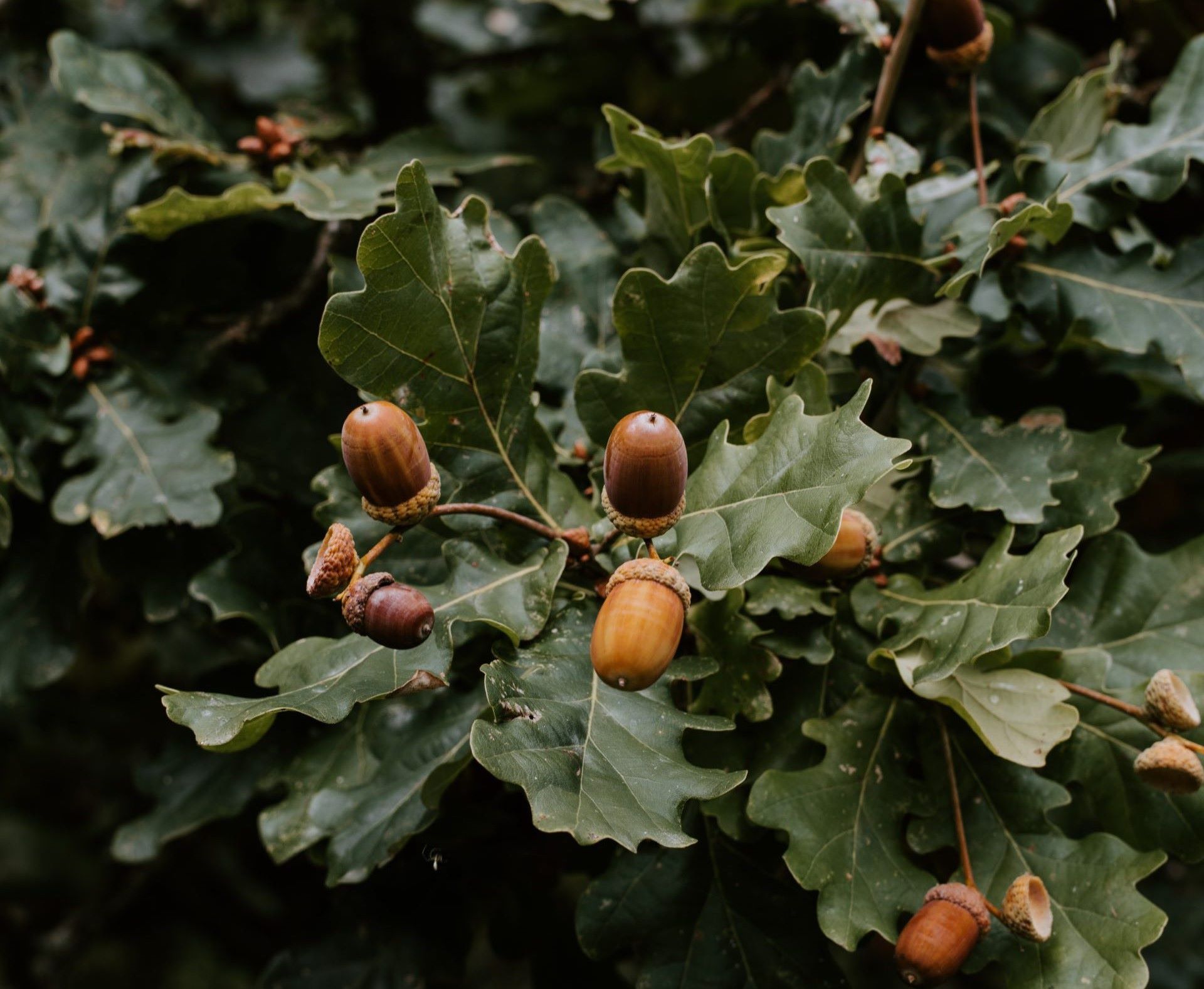

Garden Essentials
How To Plant Oak Tree Seeds
Modified: March 16, 2024
Learn how to plant oak tree seeds in your garden and watch them grow into majestic trees. Follow our step-by-step guide and get started today!
(Many of the links in this article redirect to a specific reviewed product. Your purchase of these products through affiliate links helps to generate commission for Storables.com, at no extra cost. Learn more)
Introduction
Welcome to the world of gardening, where the vibrant beauty of nature comes alive right in your own backyard. If you have a passion for trees, specifically oak trees, you might be interested in learning how to plant oak tree seeds. Planting oak tree seeds is an exciting and rewarding endeavor that allows you to watch these majestic giants grow from tiny acorns into towering trees.
In this comprehensive guide, we will walk you through the step-by-step process of planting oak tree seeds and nurturing them into healthy seedlings. Whether you’re a seasoned gardener or a beginner, this article will provide you with the necessary knowledge to successfully grow oak trees from seeds.
But before we delve into the details, let’s take a moment to appreciate the significance of oak trees. Oaks have been revered throughout history for their strength, longevity, and ecological importance. They not only provide shade and shelter but also support a diverse ecosystem, serving as homes for various insects, birds, and mammals.
Planting oak tree seeds allows you to contribute to the preservation of these magnificent trees and create a legacy for future generations to enjoy. So, roll up your sleeves, grab your gardening tools, and let’s get started on this rewarding journey of planting oak tree seeds.
Key Takeaways:
- Planting oak tree seeds is a rewarding journey that requires gathering healthy acorns, preparing nutrient-rich soil, and providing proper care for the seedlings to grow into majestic trees.
- Growing oak trees from seeds contributes to preserving their beauty and ecological importance. It’s a long-term commitment that brings joy, inspiration, and a deeper connection to the natural world.
Read more: When To Plant Tree Seeds
Step 1: Gathering Oak Tree Seeds
The first step in planting oak tree seeds is gathering the seeds themselves. Oak trees produce acorns, which are the seeds of the tree. The best time to collect oak tree seeds is in the autumn when the acorns have ripened and fallen from the tree.
When selecting acorns, look for ones that are healthy and free from any damage or signs of disease. Choose acorns that are plump, firm, and have a brownish color. Avoid acorns that are discolored, shriveled, or have holes in them, as these could be indications of infection or pest damage.
It’s important to collect a sufficient number of acorns to increase your chances of successful germination. Aim to gather several acorns from different oak trees to promote genetic diversity. This diversity will help ensure that your oak trees are more resistant to diseases and pests.
Once you have gathered your acorns, it’s time to move on to the next step: preparing the soil.
Step 2: Preparing the Soil
In order for your oak tree seeds to successfully germinate and grow into healthy seedlings, it is crucial to prepare the soil properly. Oak trees prefer well-draining soil that is rich in nutrients. Here are the steps to prepare the soil for planting:
- Choose the right location: Select a suitable location in your garden or yard that receives ample sunlight. Oak trees thrive in full sun or partial shade.
- Clear the area: Remove any weeds, rocks, or debris from the intended planting site. This will create a clean and optimal space for the oak tree seeds.
- Loosen the soil: Use a garden fork or a tiller to loosen the soil to a depth of about 8 to 10 inches. This will improve soil aeration and drainage.
- Amend the soil: If your soil is clayey or sandy, it may benefit from some amendments. Incorporate organic matter such as compost or well-rotted manure into the soil to improve its texture and fertility.
- Test the pH: Oak trees prefer slightly acidic to neutral soil with a pH range of 6.0 to 7.5. You can test the soil pH using a soil testing kit, available at most garden centers. If the pH is too high or low, you may need to adjust it using appropriate soil amendments.
By following these steps, you will create a favorable environment for your oak tree seeds to grow and establish strong root systems. Now that the soil is ready, let’s move on to the next step: planting the oak tree seeds.
Step 3: Planting the Oak Tree Seeds
With the soil prepared, it’s time to proceed to the exciting step of planting your oak tree seeds. Follow these guidelines to ensure the best chance for successful germination:
- Choose the right time: Oak tree seeds are best planted in the fall, after they have been collected. The cool temperatures and moist soil during this season create optimal conditions for germination.
- Prepare the acorns: Before planting, it is recommended to give the acorns a cold stratification period. This process mimics the natural conditions that the acorns go through over the winter. Simply place the acorns in a plastic bag with slightly damp peat moss or vermiculite and refrigerate for 4-6 weeks.
- Select an appropriate planting location: Choose a spot in your prepared soil that is away from competing vegetation. Leave enough space between seedlings to allow for future growth.
- Plant the acorns: Dig a small hole about 2-3 inches deep in the soil. Place one acorn in each hole with the pointed end facing up. Cover the hole with soil and gently press down to ensure good contact between the acorn and the soil.
- Water the planting area: After planting, water the area thoroughly to settle the soil and ensure proper moisture for germination. Avoid overwatering, as this can lead to rotting of the acorns.
- Protect the planting area: To prevent birds and small animals from disturbing the acorns, you can cover the planting area with a mesh or wire cage. This will allow air and water to pass through while protecting the seeds.
Now that you have planted your oak tree seeds, it’s time to move on to the next step: watering and caring for the seedlings.
Plant oak tree seeds in a well-draining soil, about 1 inch deep. Keep the soil moist and place the pot in a sunny spot. It may take several weeks for the seeds to germinate.
Step 4: Watering and Caring for the Seedlings
Now that you have planted your oak tree seeds, it’s important to provide them with proper care and attention to ensure their healthy growth. Follow these guidelines for watering and caring for the seedlings:
- Monitor soil moisture: Check the soil moisture regularly to ensure it remains consistently damp but not waterlogged. Avoid letting the soil dry out completely between waterings, as this can hinder germination and seedling growth.
- Watering: Provide regular and deep watering to promote strong root development. Water the seedlings at the base, avoiding wetting the leaves as this can increase the risk of fungal diseases.
- Protect from extreme temperatures: Shield the young seedlings from extreme temperatures. If the weather becomes too hot or cold, you can use shade cloth or frost protection blankets to protect the seedlings.
- Keep weeds at bay: Remove any weeds or competing vegetation near the seedlings, as they can deprive them of essential nutrients and water. Use mulch to suppress weed growth and maintain soil moisture.
- Fertilization: After the seedlings have established their first set of true leaves, you can apply a balanced slow-release fertilizer according to package instructions. This will provide them with necessary nutrients for healthy growth.
- Pruning: As the oak tree seedlings grow, you may need to prune any damaged or crossing branches to maintain a healthy and well-shaped tree. Pruning should be done during the dormant season.
By providing proper care, watering, and attention to your oak tree seedlings, you will give them the best chance to flourish and grow into mature trees. As they continue to grow, it will soon be time to transplant them into their permanent locations, which we will cover in the next step.
Read more: How To Plant Palm Tree Seeds
Step 5: Transplanting the Oak Seedlings
As your oak tree seedlings mature and grow stronger, they will eventually outgrow their initial planting location. When the time comes, it’s important to properly transplant them to their permanent spots. Follow these steps for successful transplantation:
- Timing: Choose a suitable time to transplant the oak seedlings, typically during the dormant season in late winter or early spring. This allows the seedlings to establish their root systems before the onset of new growth.
- Prepare the new planting hole: Dig a hole in the new planting location that is wider and deeper than the root ball of the seedling. Ensure that the hole is large enough to accommodate the roots without crowding.
- Carefully remove the seedling: Gently loosen the soil around the seedling to expose the roots. Carefully lift the seedling, trying to keep the root ball intact, to minimize stress on the plant.
- Planting: Place the seedling in the prepared hole, ensuring that the top of the root ball is level with the surrounding soil. Fill the hole with soil, gently firming it around the roots to eliminate air pockets.
- Watering: Immediately after transplanting, water the seedling thoroughly to settle the soil and provide moisture to the newly planted tree. Continue to water regularly, especially during dry periods, to help the roots establish in their new location.
- Mulching: Apply a layer of organic mulch around the base of the seedling, leaving a gap around the trunk to prevent moisture buildup. Mulch helps conserve moisture, suppresses weed growth, and regulates soil temperature.
Transplanting the oak seedlings requires care and attention to minimize transplant shock and ensure their successful establishment in their new locations. Once the seedlings are transplanted, it’s important to continue caring for them to maintain their health and well-being, as we will discuss in the next step.
Step 6: Maintaining and Protecting the Oak Trees
After transplanting your oak trees, it’s essential to provide ongoing care to ensure their health and longevity. Here are some guidelines for maintaining and protecting your oak trees:
- Watering: Proper watering is crucial, especially during the first few years after transplantation. Water deeply and infrequently to encourage deep root growth. Monitor soil moisture and adjust watering based on weather conditions.
- Pruning: Regular pruning is necessary to maintain the structure and health of the oak trees. Remove dead or diseased branches, as well as any branches that may be crossing or rubbing against each other. Pruning should be done during the dormant season to minimize stress on the trees.
- Fertilization: Apply a balanced, slow-release fertilizer in early spring to provide essential nutrients to the oak trees. Follow the package instructions for the appropriate dosage based on the size and age of the trees.
- Mulching: Maintain a layer of mulch around the base of the oak trees to conserve moisture, suppress weed growth, and regulate soil temperature. Keep the mulch several inches away from the trunk to prevent moisture buildup and potential rot.
- Protection from pests and diseases: Monitor your oak trees regularly for signs of pests or diseases. Common pests include oak gall wasps and caterpillars, while diseases like oak wilt and powdery mildew can affect their health. Consult with a local arborist or extension service if you notice any concerning symptoms.
- Protect from mechanical damage: Prevent damage to the oak trees from lawnmowers, trimmers, or other equipment by creating a buffer zone around their trunks. Install protective barriers or fencing if necessary to shield them from potential harm.
- Monitor for stability: As the oak trees grow, keep an eye out for signs of instability, particularly during stormy or windy weather. Ensure that the trees are properly staked and supported, especially in their early years of growth.
By following these maintenance and protection practices, you can help your oak trees thrive and flourish for years to come. Remember to stay observant and address any issues promptly to ensure the continued health and beauty of your oak trees.
Conclusion
Congratulations on completing the journey of planting and caring for oak trees from seeds! By following the steps outlined in this guide, you have learned how to gather oak tree seeds, prepare the soil, plant the seeds, nurture the seedlings, transplant them, and maintain and protect the oak trees as they grow.
Planting oak tree seeds is not only a fulfilling gardening activity, but it also contributes to the preservation of these magnificent trees, which are valued for their beauty, strength, and ecological importance. As your oak trees mature, they will provide shade, shelter, and a home for countless birds, insects, and wildlife, creating an ecosystem of their own.
Remember that growing oak trees is a long-term commitment. It will take several years for the seedlings to establish and develop into mature trees. But with patience, dedication, and proper care, your efforts will be rewarded, and you will witness the majestic growth of these remarkable oak trees.
As your oak trees continue to thrive, take the time to appreciate the beauty of their sprawling branches, the shade they provide on sunny days, and the rich colors they display during the changing seasons. Share your knowledge and love for oak trees with others, inspiring them to embark on their own gardening journeys.
Thank you for joining us on this gardening adventure, and we hope that your oak trees bring you joy, inspiration, and a deeper connection to the natural world. Happy gardening!
Frequently Asked Questions about How To Plant Oak Tree Seeds
Was this page helpful?
At Storables.com, we guarantee accurate and reliable information. Our content, validated by Expert Board Contributors, is crafted following stringent Editorial Policies. We're committed to providing you with well-researched, expert-backed insights for all your informational needs.
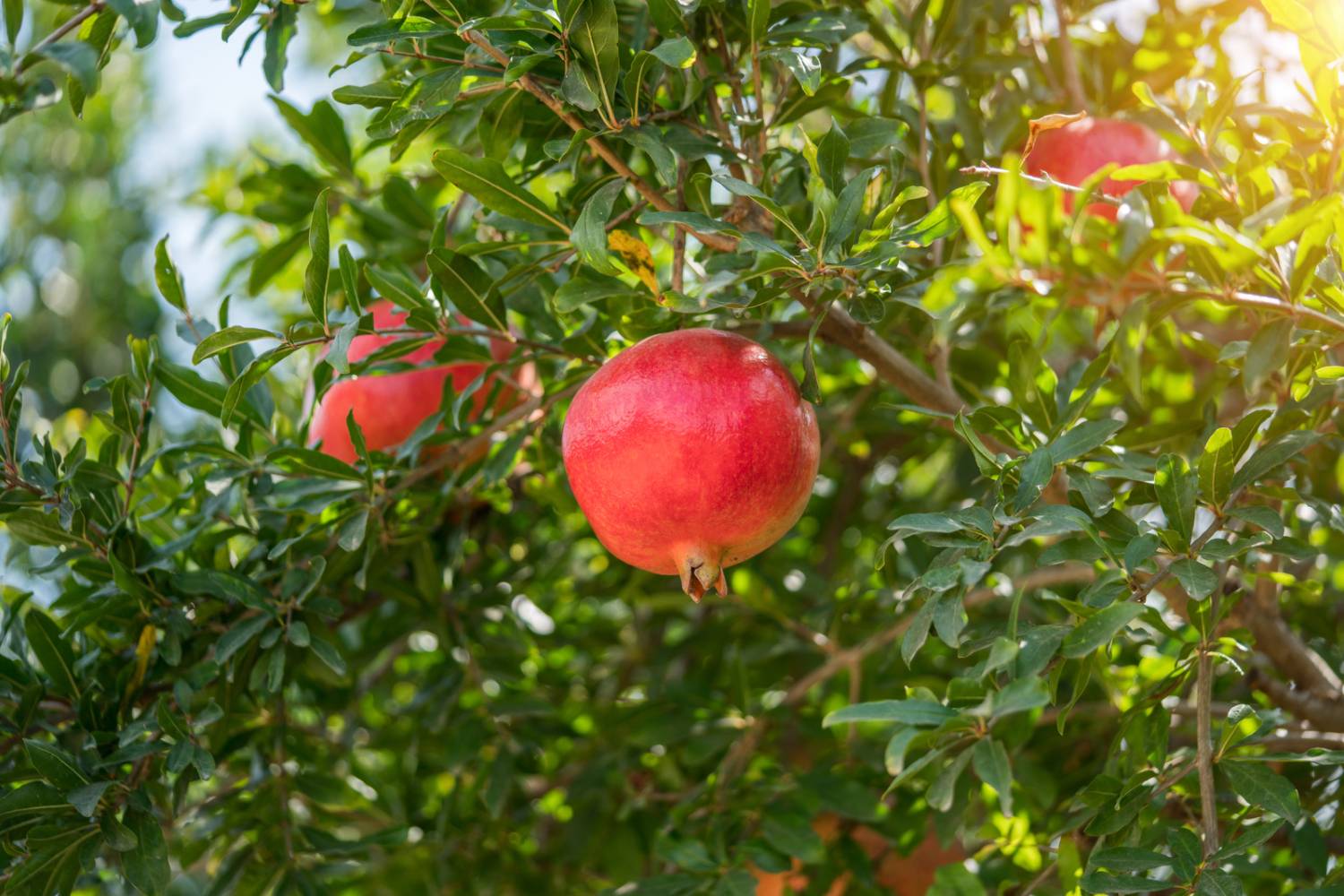
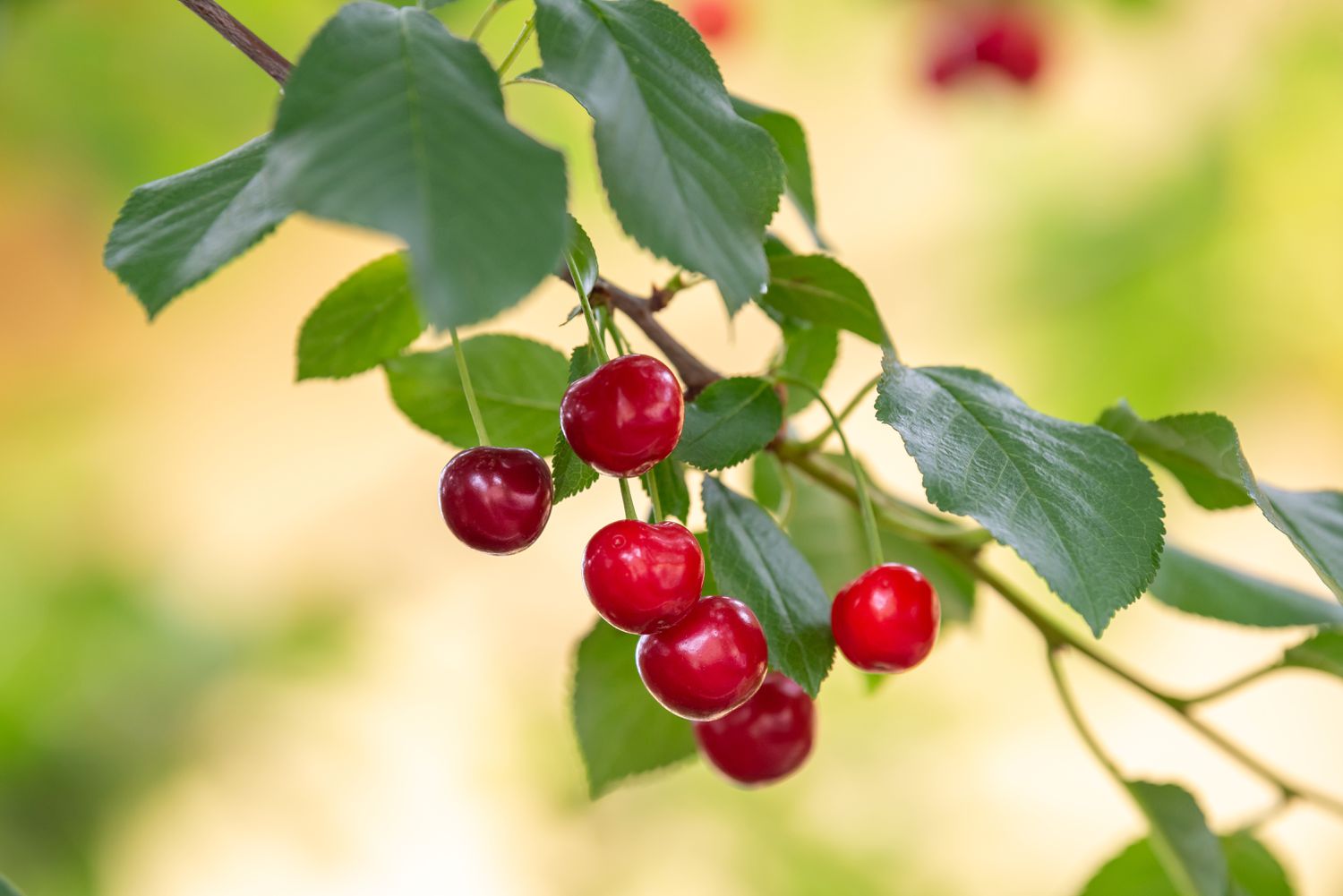

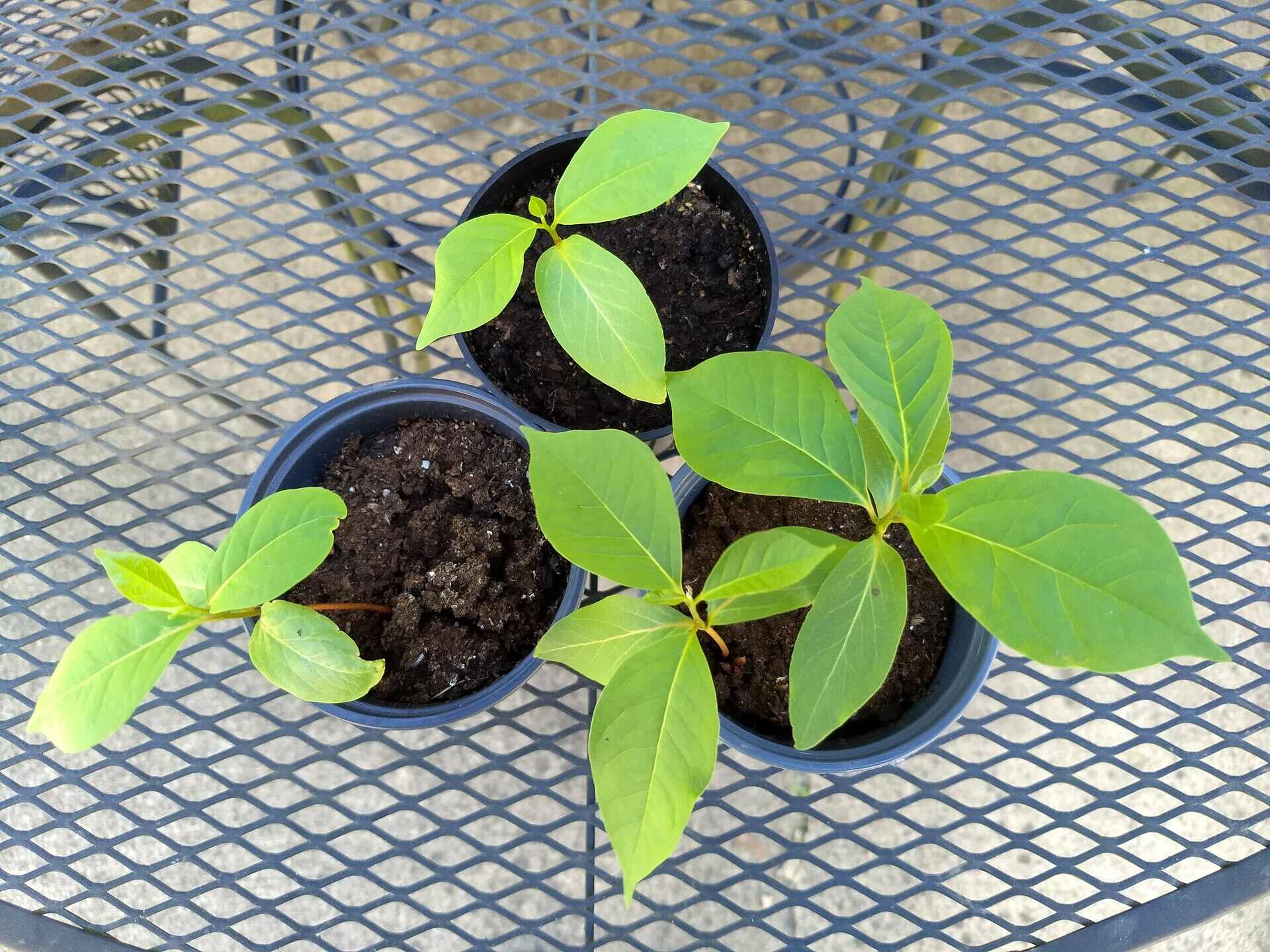
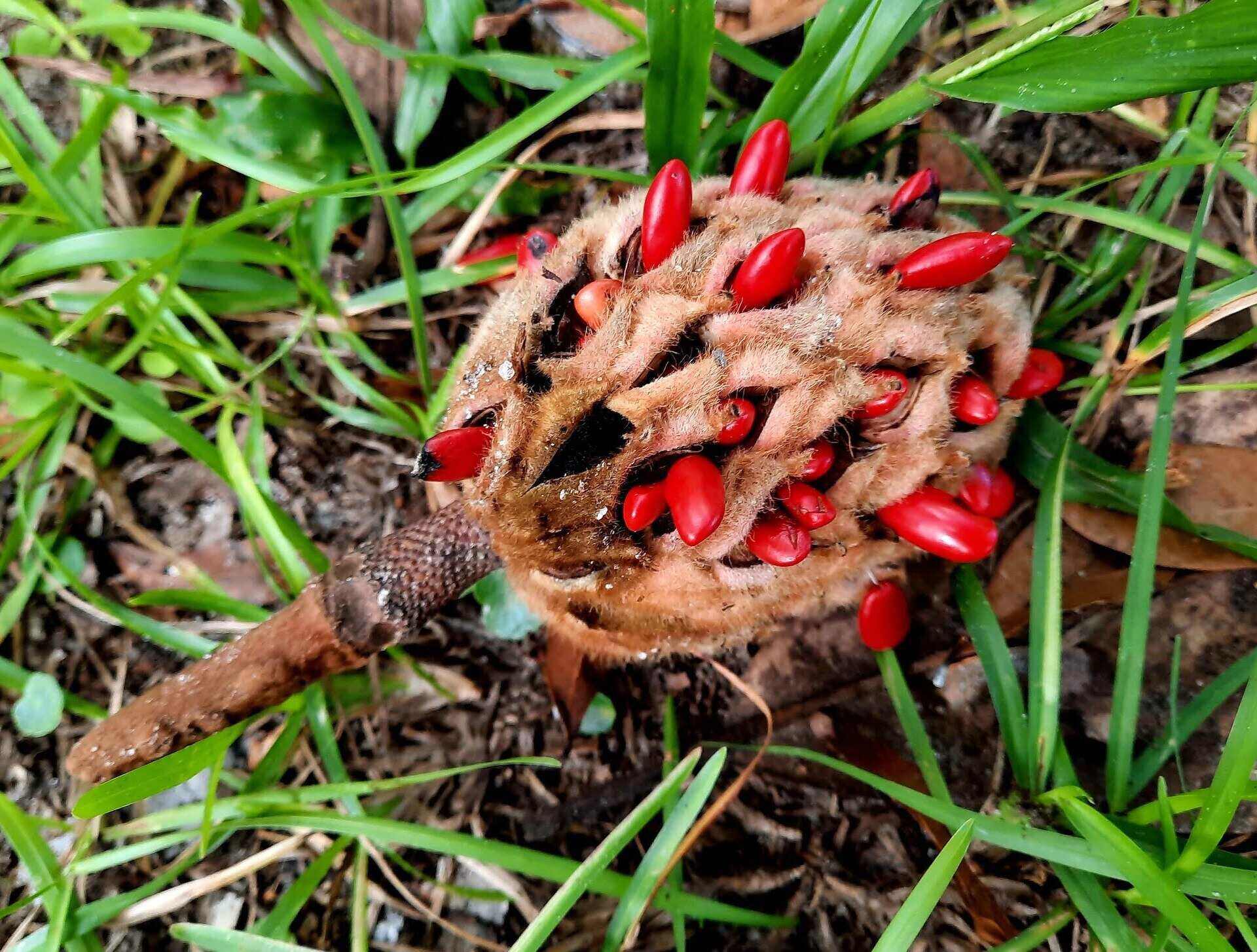
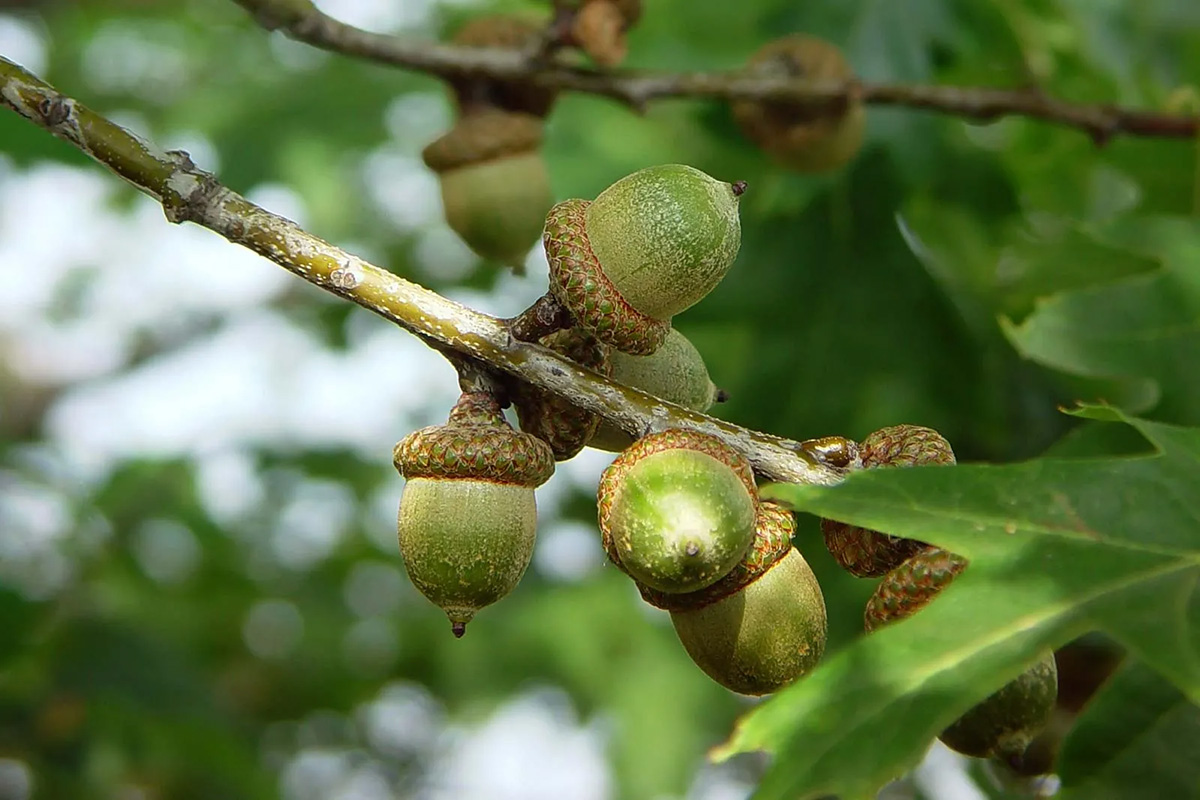
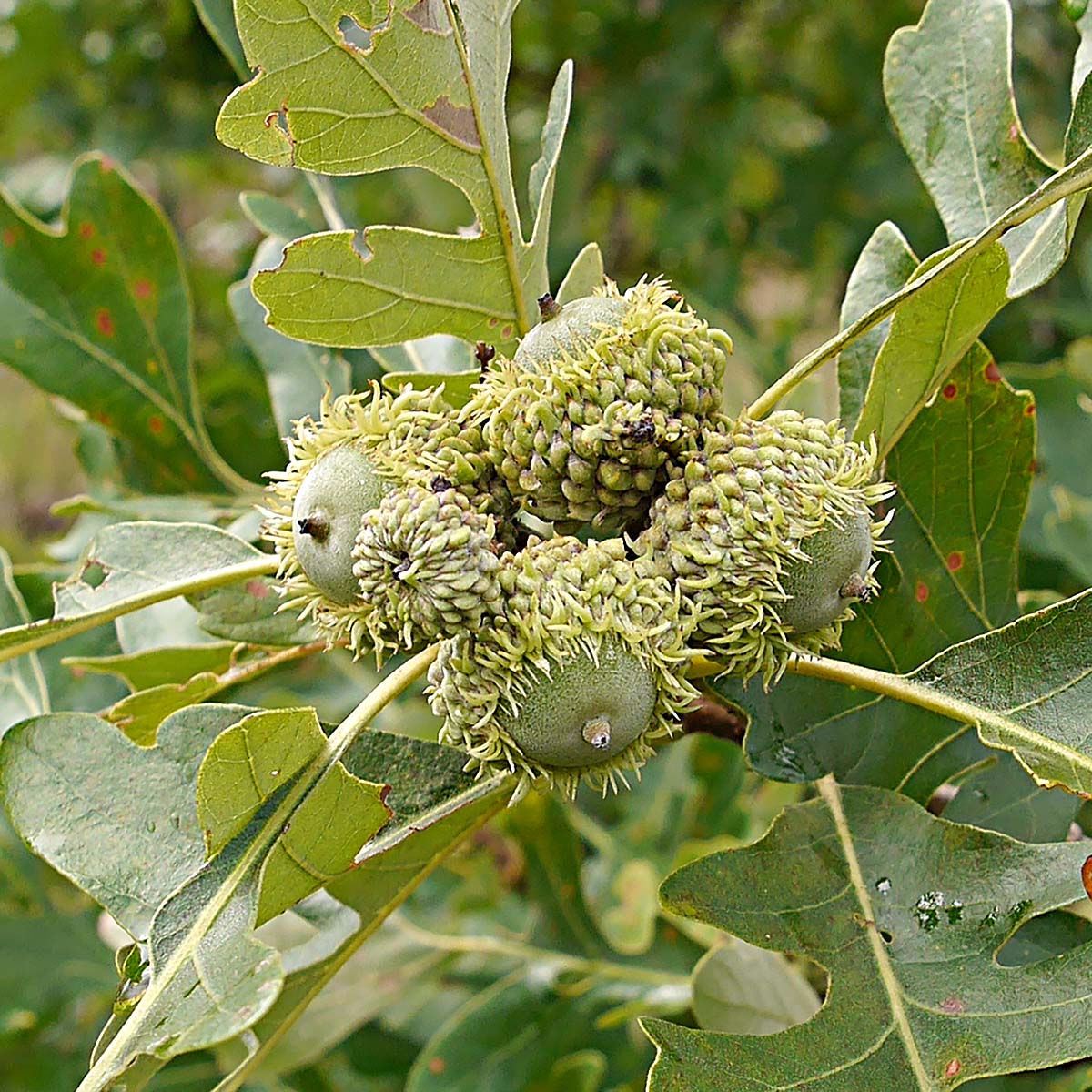



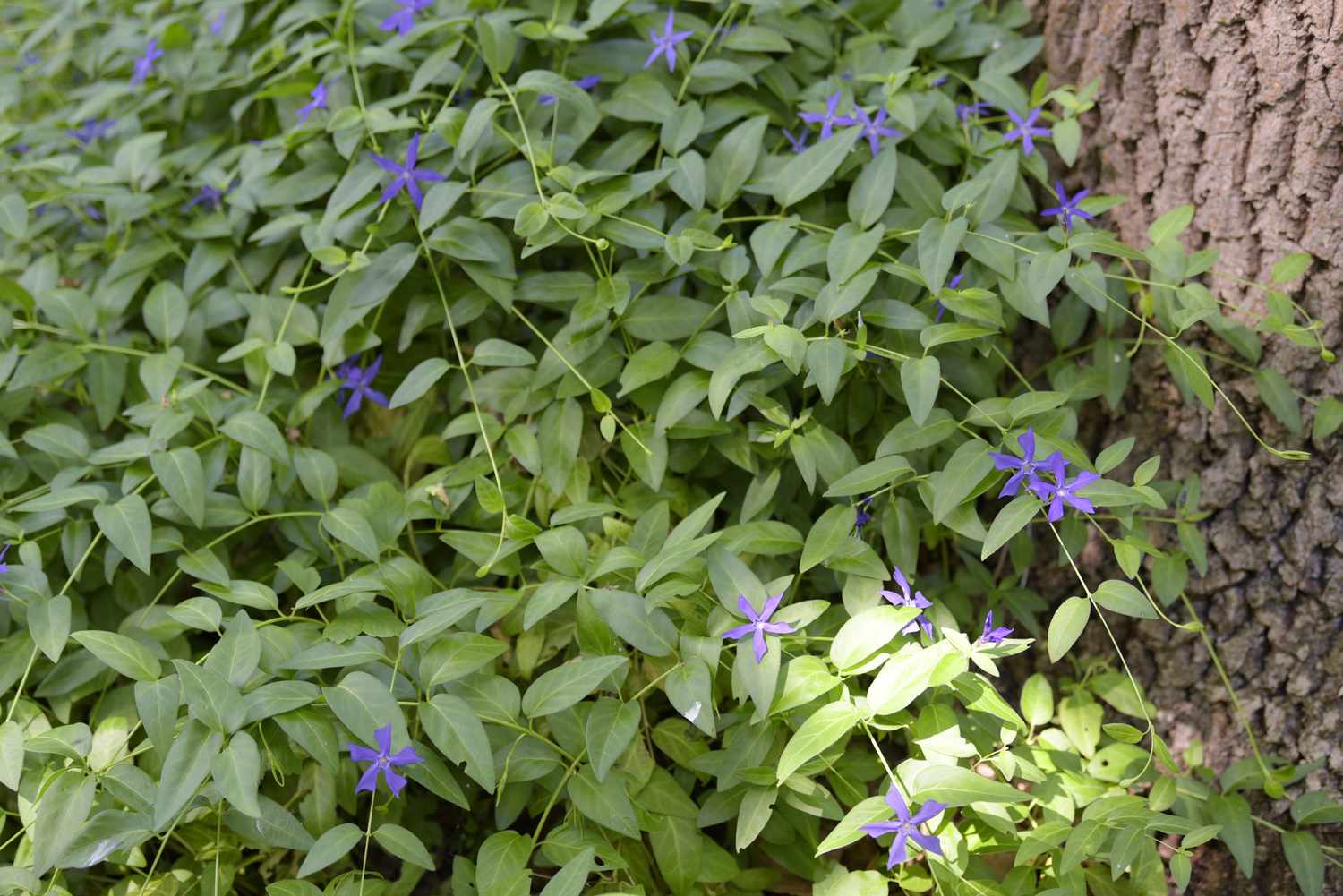
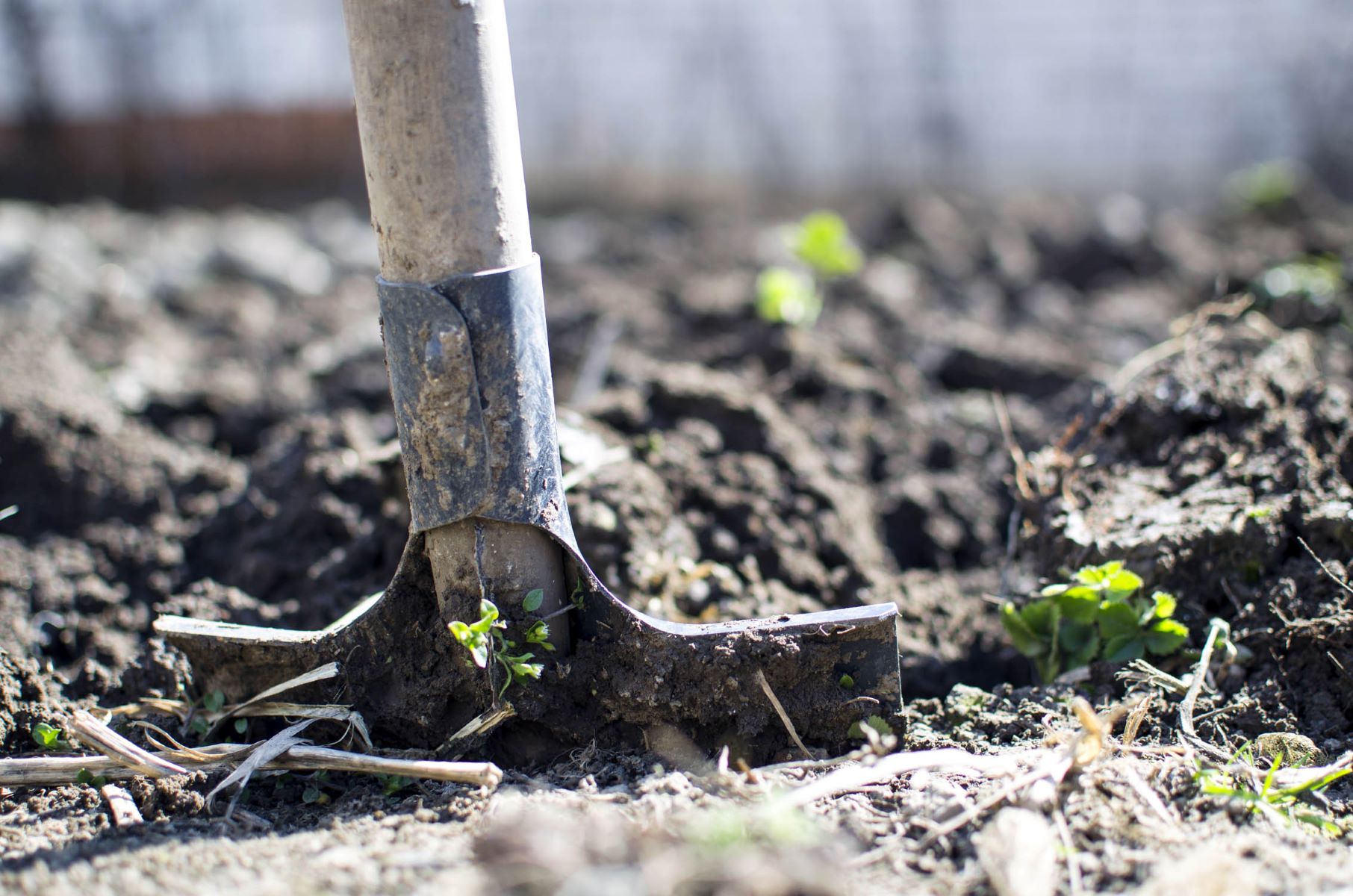
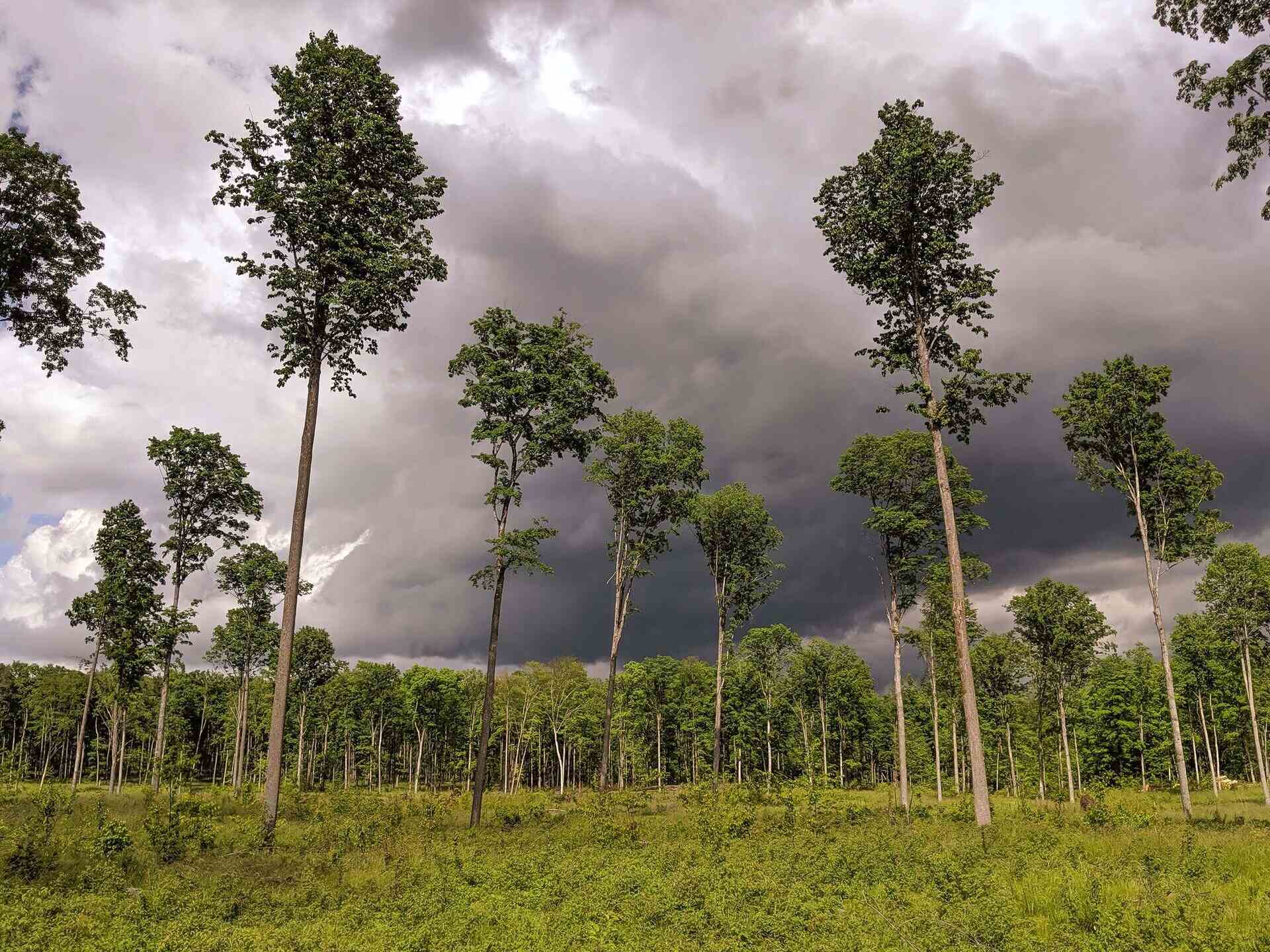
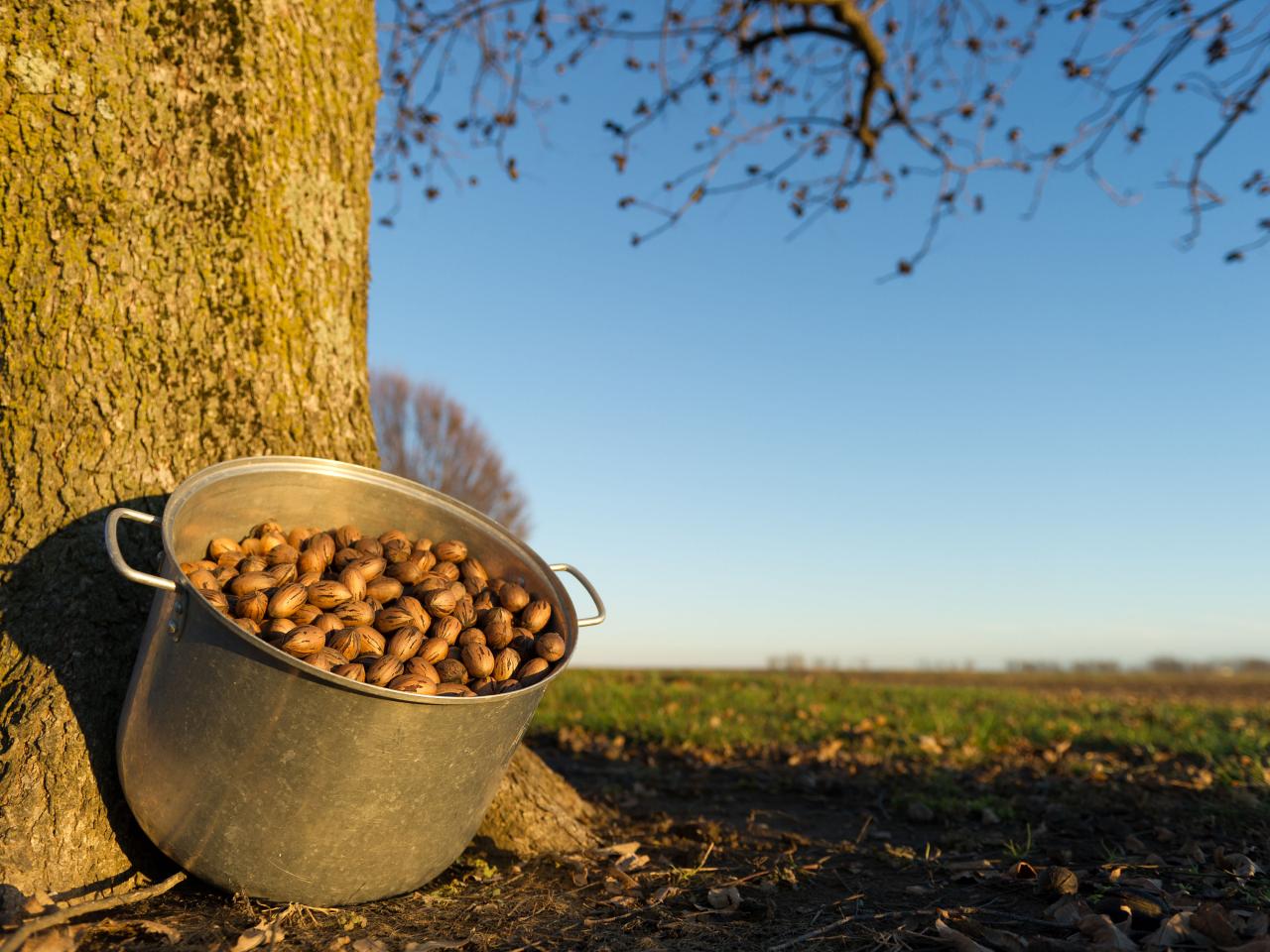

0 thoughts on “How To Plant Oak Tree Seeds”